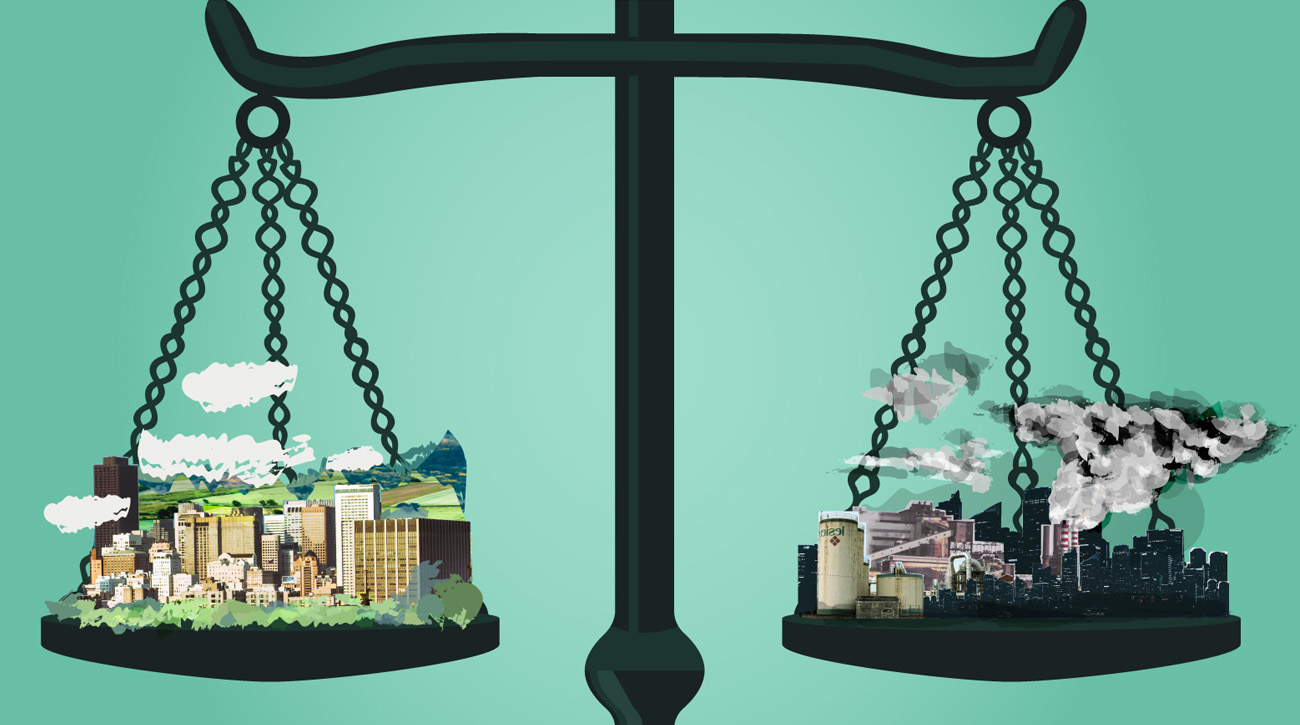WASHINGTON, DC (August 20, 2018) — The courts have played a central role in climate change policy, starting with a landmark Supreme Court case that led to the mandatory regulation of greenhouse gases in the United States. How do the courts address climate cases today? Who wins, who loses and what kinds of strategies make a difference in the courtroom?
Researchers at the George Washington University (GW) have published a study in Nature Climate Change that for the first time analyzes all U.S climate change lawsuits over a 26-year period.
“This first-of-a-kind study outlines the types of climate change lawsuits that are more likely to win or lose, and why,” said lead author Sabrina McCormick, PhD, MA, an Associate Professor of Environmental and Occupational Health at GW’s Milken Institute School of Public Health (Milken Institute SPH). “Efforts to affect U.S. climate change policy should consider current trends in the courtroom.”
McCormick and her colleagues collected and analyzed all climate change cases from 1990 through 2016, for a total of 873 lawsuits. The team also interviewed 78 lawyers, advocates and scientists involved in these cases in order to find out more about the evidence and strategies they typically use in building a case.
The researchers found the most common climate issues brought to court involved coal-fired power plants and other air quality concerns. Litigants asking the courts for more regulations to curb emissions more frequently lost than won such lawsuits, the study found. In such cases, the courts may be swayed by the industry argument that regulations to cut down on emissions will affect a plant’s bottom line, although effects on health and welfare have not been measured.
“At the same time, litigants who want to address climate change often win renewable energy and energy efficiency cases,” McCormick said. “The courts favored the pro-regulatory positions in these kinds of cases by a ratio of 2.6 to 1.”
Such cases may be an underappreciated opportunity for litigants who want more government regulation in the climate change arena, she said.
The study identified four typical goals of pro-regulatory plaintiffs in climate change lawsuits: force government regulators to take steps to reduce greenhouse gases; change corporate behavior; assign responsibility for impacts, and change the public debate.
Strategies that lawyers commonly cited in such lawsuits included the use of climate science and other types of data as well as collaborations to form a coalition of plaintiffs. Such coalitions can be an effective strategy, especially if they include individuals or states who have been harmed by some aspect of climate change, McCormick said.
Winning might not be the only consideration in bringing a lawsuit, said McCormick’s co-author Robert L. Glicksman, JD, the J.B. and Maurice C. Shapiro Professor of Environmental Law at the GW Law School. In some interviews, lawyers said that even if they lost a case, the arguments often lead to greater public awareness of the issues involved with climate change, Glickman said.
“The Trump Administration’s refusal to even acknowledge human contributions to climate change, no less pursue any meaningful action to mitigate or adapt to it, coupled with Congress’s persistent inaction on climate issues, makes efforts to address climate change in the courts all the more important,” Glicksman said. “Our study assesses how such efforts have fared.”
The study, “Strategies in and Outcomes of Climate Change Litigation in the United States,” was published online August 20 in the journal Nature Climate Change.


